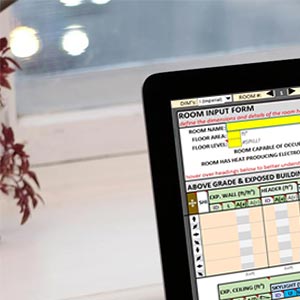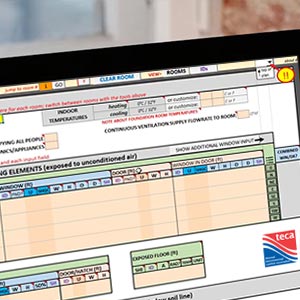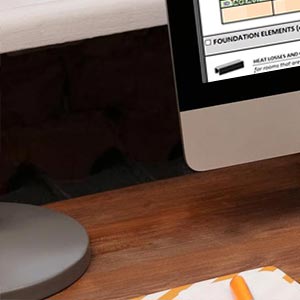print | Email a Friend | back
Are you a TECA member? If so, you pay our member's discount pricing. Please login or find out here if you qualify for our membership pricing.
The Principles of Moving Air ("POMA") Quietly and Efficiently manual has been completely revised. It is an expansion and simplification of TECA's original 'Basics of Air' manual. POMA is a true duct design course and a revival of good air moving practice first developed in the 1930's. It explains the logic behind the duct sizing of TECA's original Quality First Forced Air Guidelines and the duct sizing tables of TECA's 2012 Ventilation Guidelines.
Since it was first introduced in 2008 and titled 'Basics of Air', enthusiastic attendees have offered many suggestions for improvement now including 100 photos in addition to 150 drawings, graphs, charts and tables. The complete overhaul of this manual includes this supplementary information. The manual is now titled: 'Principles of Moving Air" it is clearly understood that it is an in-depth air moving course. While important to those working in both new construction and change out when it was first published, it is even more important today. Manufacturers continue to shrink the cabinet sizes of heat/cool equipment and yet the air moving requirements (cfm) on a CFM per BTU and CFM per ton remains high. A large benefit of applying this new information is a quiet system with heat/cool air volumes delivered to individual rooms appropriately as needed.
True to the original, POMA maintains its focus on residential air handling systems. POMA uses plain language, practical math and a fully instrumented scale model to demonstrate these important principles. The manual begins with an introduction of terms: flow rate, velocity, air density, duct aspect ratio, static and velocity pressures. It digs deeper into friction losses, fitting losses and system effects all of which compound to restrict the airflow through the system and which determine the power required (transport energy) to do that. This knowledge will also help users to justify the space and more convincingly sell the capital cost to provide adequately sized ducts and the few custom fittings required to provide a quiet comfortable space conditioning system.







